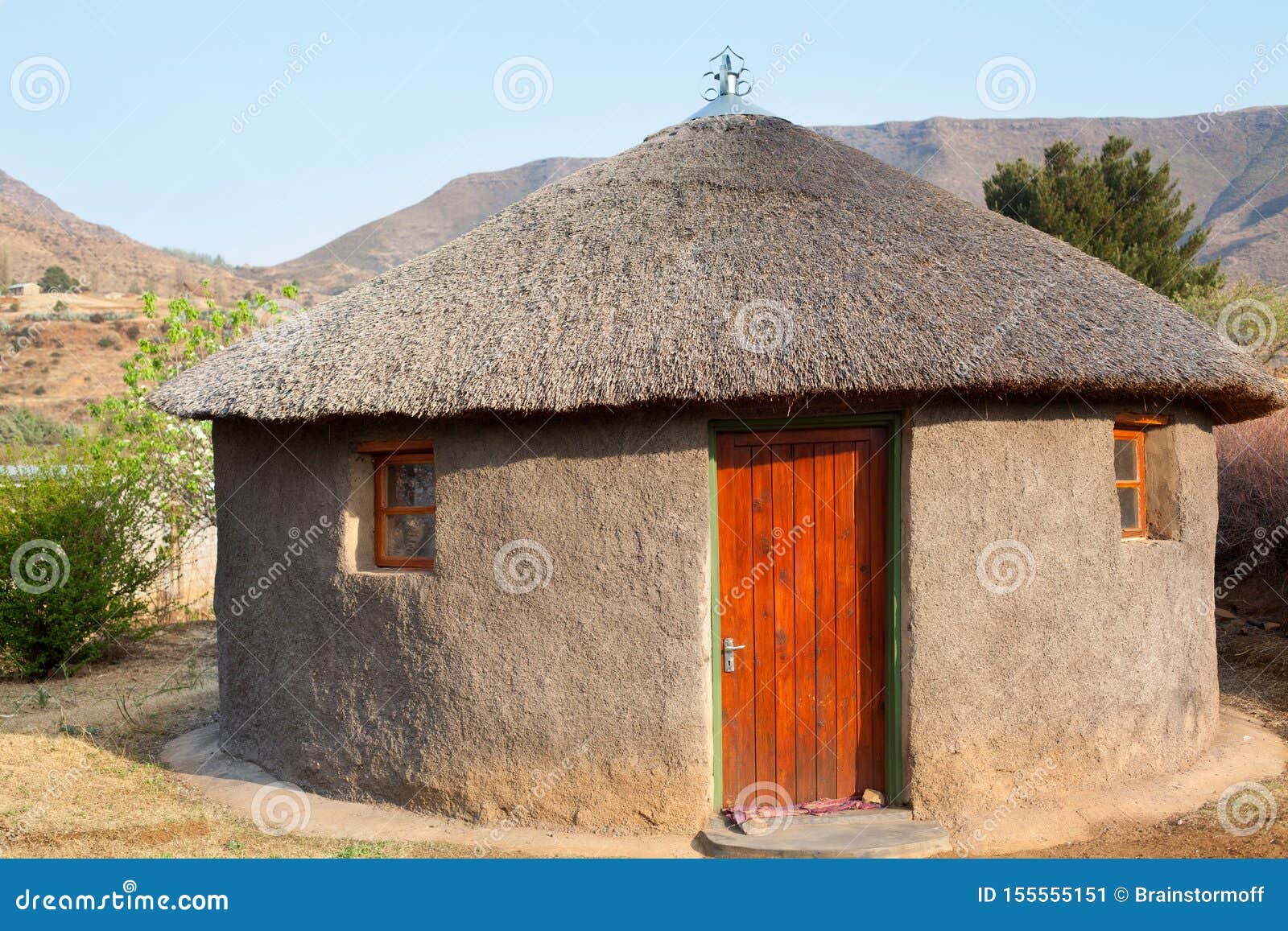
The new regulations have simple line drawings for: The illustrations above shows some of the most usual configurations. The trusses themselves are made up of rafters, tie beams, posts and struts, all of which are assembled according to a specific design. Illustration courtesy The Complete Book of Owner Building in South Africa They will be either nailed or bolted together on site, or delivered to site on order by a specialist truss manufacturer. These rest on wooden wall plates, and are designed to span the walls of the house.
#SOUTH AFRICAN THATCHED ROOFS SERIES#
More often than not, the roof structure is assembled from a series of roof trusses. Roof design depends on a number of factors including the type of covering you are going to use, and the span over which the roof structure is to be supported.
#SOUTH AFRICAN THATCHED ROOFS FULL#
You’ll find the full list in Part L of SANS 10400 (or check with an SABS librarian for the relevant information). SANS 2001-CT2, Construction works Part CT2: Structural timberwork (roofing).SANS 1783-4, Sawn softwood timber – Part 4: Brandering and battens.SANS 1783-2, Sawn softwood timber – Part 2: Stress-graded structural timber and timber for frame wall construction.


It’s not so much that they’ve changed, but rather that the guidelines are now much more comprehensive and useful.

While the legislation changed in 2008, it was only in 2011 that Part L: Roofs was published by the SABS.

The South African National Standard for Roofs This last one, though, is open to interpretation as not all roofs incorporate ceilings as such. Lastly, the General Requirements specify (as they did previously), that the roof should be designed “as part of a roof and ceiling assembly” and should provide “adequate height in any room immediately below such assembly”. In addition, the roof should be “adequately anchored against wind uplift” which was not covered in the previous edition of the regs. Instead of simply being “durable and waterproof”, roofs are expected to be “durable” and should not allow “the penetration of rainwater or any other surface water to its interior”.Īs previously, roofs must “not allow the accumulation of any water” (but not simply rainwater, which was the limit of the old building regulations) “upon its surface”. In simple language, if there is a major wind or some other really horrible weather conditions (God forbid), the roofs of our homes are expected to be able to stay on the house and protect us from the elements without themselves being damaged. When the South African National Building Regulations were updated by the Department of Trade and Industry in May 2008, the General Requirement relating to Roofs was changed to incorporate certain safety elements.įor example, instead of simply having to “resist any forces” to which the roof might be subjected to, the regulations now state that “The roof of any building shall be so designed and constructed that it safely sustains any actions which can reasonably be expected to occur and in such a manner that any local damage (including cracking) or deformation do not compromise its functioning”. Building Regulations as They Apply to Roofs-Part L


 0 kommentar(er)
0 kommentar(er)
